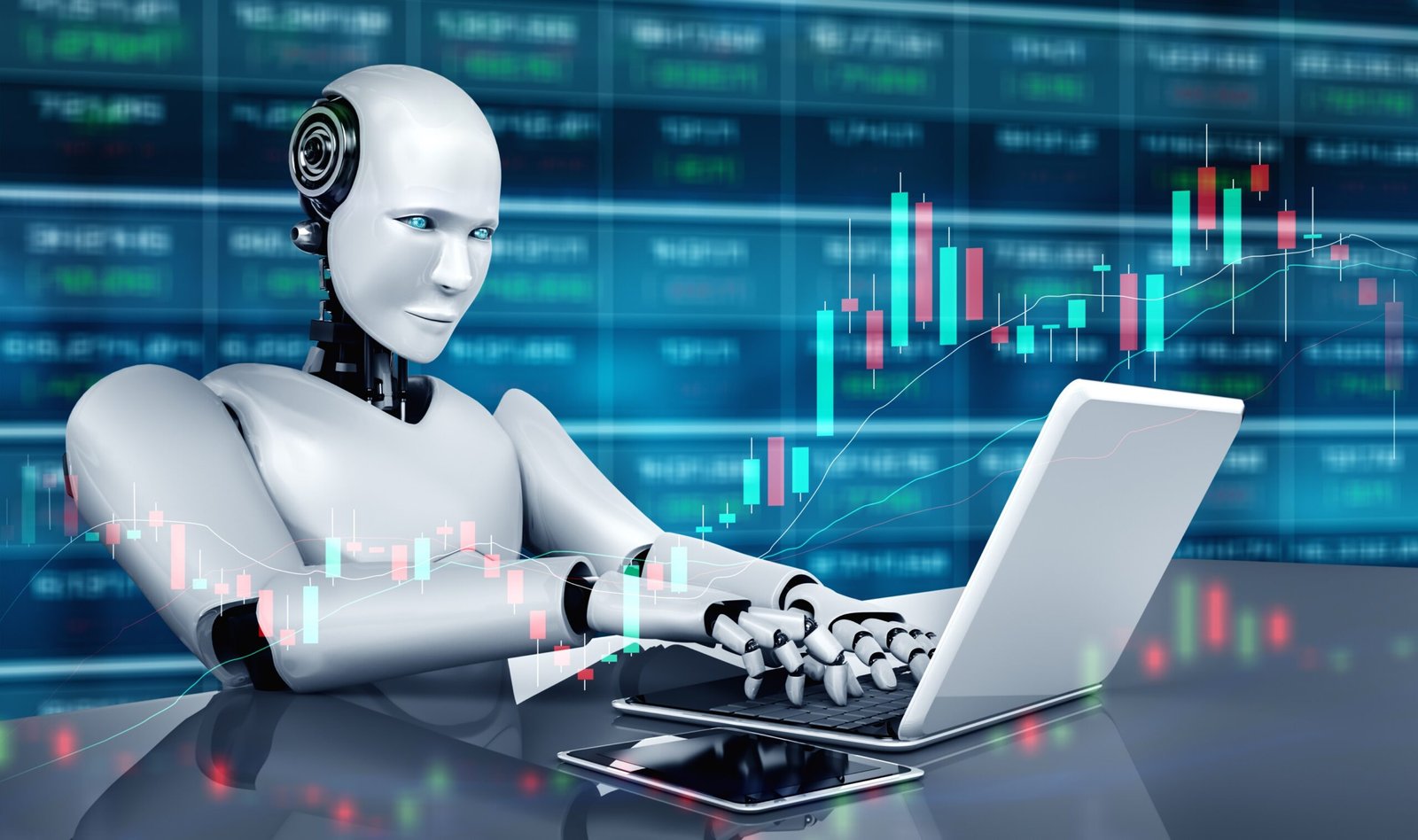Uncategorized
Understanding Algorithmic Trading: How to Leverage Trading Robots
In today’s fast-paced financial markets, algorithmic trading has revolutionized the way traders execute trades. With the power of trading robots and automated trading systems, traders can now automate their strategies and execute trades with precision and efficiency. But how does algorithmic trading work, and how can you leverage trading robots to maximize your profits? Let’s […]

What is Understanding Algorithmic Trading: How to Leverage Trading Robots?
In today’s fast-paced financial markets, algorithmic trading has revolutionized the way traders execute trades. With the power of trading robots and automated trading systems, traders can now automate their strategies and execute trades with precision and efficiency. But how does algorithmic trading work, and how can you leverage trading robots to maximize your profits? Let’s explore this exciting world of automated trading.
What is Algorithmic Trading?
Algorithmic trading, also known as algo trading, refers to the use of computer programs and algorithms to execute trades automatically based on predefined criteria. These algorithms analyze market data, identify trading opportunities, and place trades without human intervention. The key components of algorithmic trading include:
- Market Data Analysis: The algorithm continuously scans market data to identify trends and patterns.
- Trade Execution: Orders are placed automatically when the conditions set by the trader are met.
- Risk Management: Algorithms can include stop-loss and take-profit levels to minimize risks.
The Role of Trading Robots in Financial Markets
Trading robots, also known as expert advisors (EAs) or bots, are software programs that use algorithmic trading techniques to execute trades on behalf of traders. These bots have gained popularity because they provide the following benefits:
- Speed and Efficiency: Bots can analyze and execute trades in milliseconds, faster than any human trader.
- Emotion-Free Trading: Since bots follow pre-set rules, they eliminate emotional decision-making, which can lead to impulsive trades.
- Consistency: Trading robots execute trades with discipline, following strategies without deviation.
There are different types of trading robots, including:
- Market-Making Bots: These bots place both buy and sell orders to profit from bid-ask spreads.
- Trend-Following Bots: These follow market trends and execute trades in the direction of price movement.
- Arbitrage Bots: These bots exploit price differences between different exchanges to generate profits.
How Automated Trading Systems Work
Automated trading systems operate based on pre-defined rules and algorithms. Here’s how they work step by step:
- Strategy Development: Traders define trading rules, such as entry and exit points, risk limits, and position sizing.
- Backtesting: The strategy is tested on historical data to evaluate its effectiveness.
- Implementation: The strategy is deployed using a trading bot on a chosen trading platform.
- Monitoring & Optimization: Performance is monitored, and the strategy is refined for better results.
Some common strategies used in automated trading include:
- Scalping: Making small profits from frequent trades.
- Mean Reversion: Trading based on the idea that prices will return to an average level.
- Momentum Trading: Following strong price movements to capture trends.
Pros and Cons of Algorithmic Trading
Pros:
24/7 trading, even when you are not actively monitoring the markets.
High-speed trade execution, reducing slippage.
Eliminates emotional trading decisions.
Ability to process vast amounts of data quickly.
Cons:
Requires technical knowledge and proper strategy setup.
Market risks remain, and improper settings can lead to losses.
Dependence on reliable internet and system uptime.
Over-optimization can lead to unrealistic backtest results.
How to Get Started with Algorithmic Trading
If you’re looking to dive into algorithmic trading, here’s how you can get started:
- Choose a Trading Bot: Select a reliable trading robot that suits your trading goals.
- Select a Platform: Use a trusted trading platform that supports algorithmic trading.
- Develop or Choose a Strategy: Either create your own strategy or use a pre-built one.
- Backtest and Optimize: Test your strategy on past market data before going live.
- Monitor Performance: Regularly assess and refine your strategy to maximize efficiency.
Future of Algorithmic Trading
The future of trading is being shaped by AI-driven trading bots, deep learning models, and blockchain integration. As technology advances, algorithmic trading will continue to dominate financial markets, making it essential for traders to stay ahead of the curve.
Conclusion
Algorithmic trading offers traders an efficient, disciplined, and automated approach to the markets. By leveraging trading robots and automated trading systems, you can maximize your trading potential while minimizing emotional decision-making. Ready to explore the world of automated trading? Start your journey with Bitrage Markets and unlock the power of algorithmic trading today!
